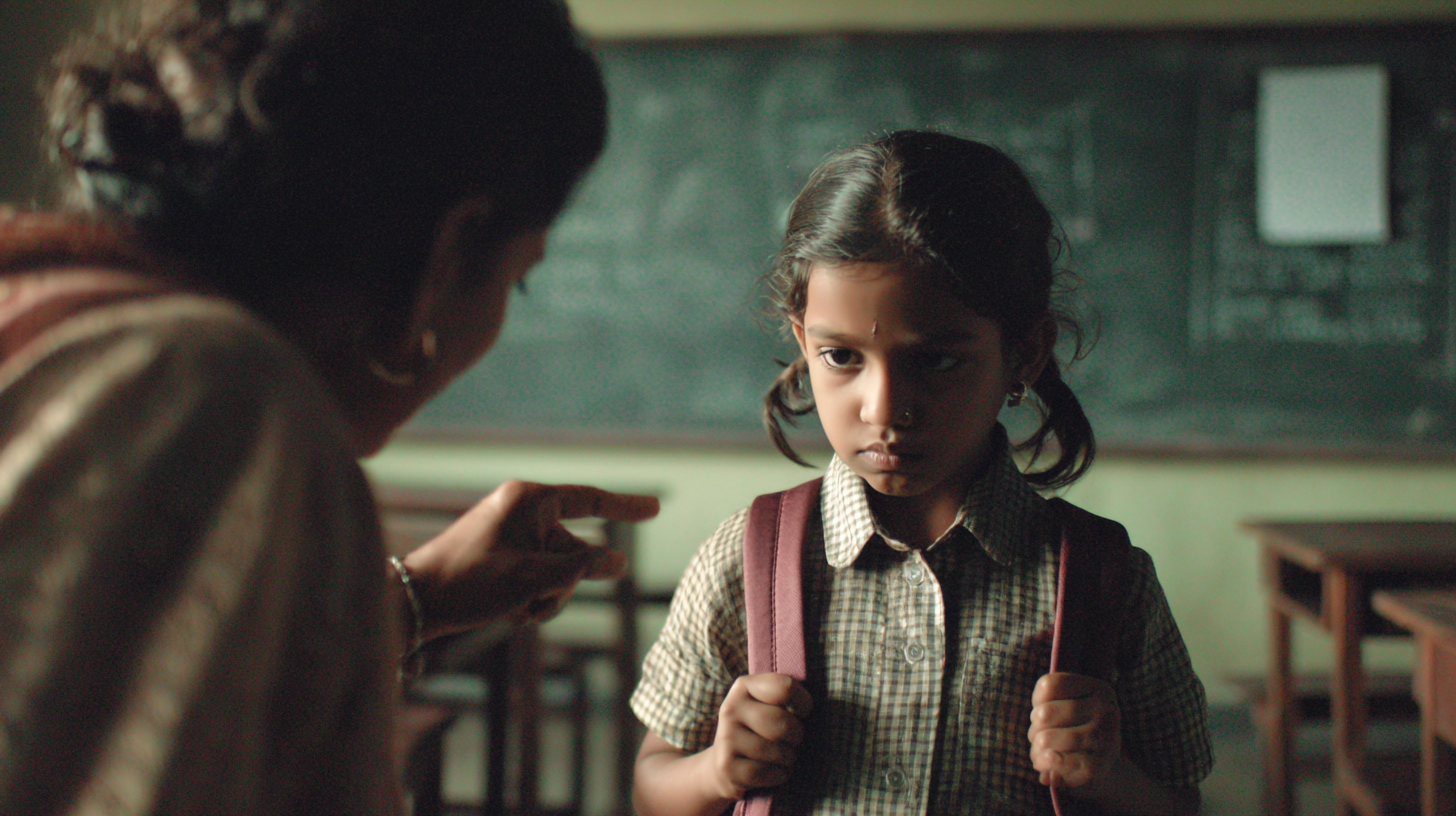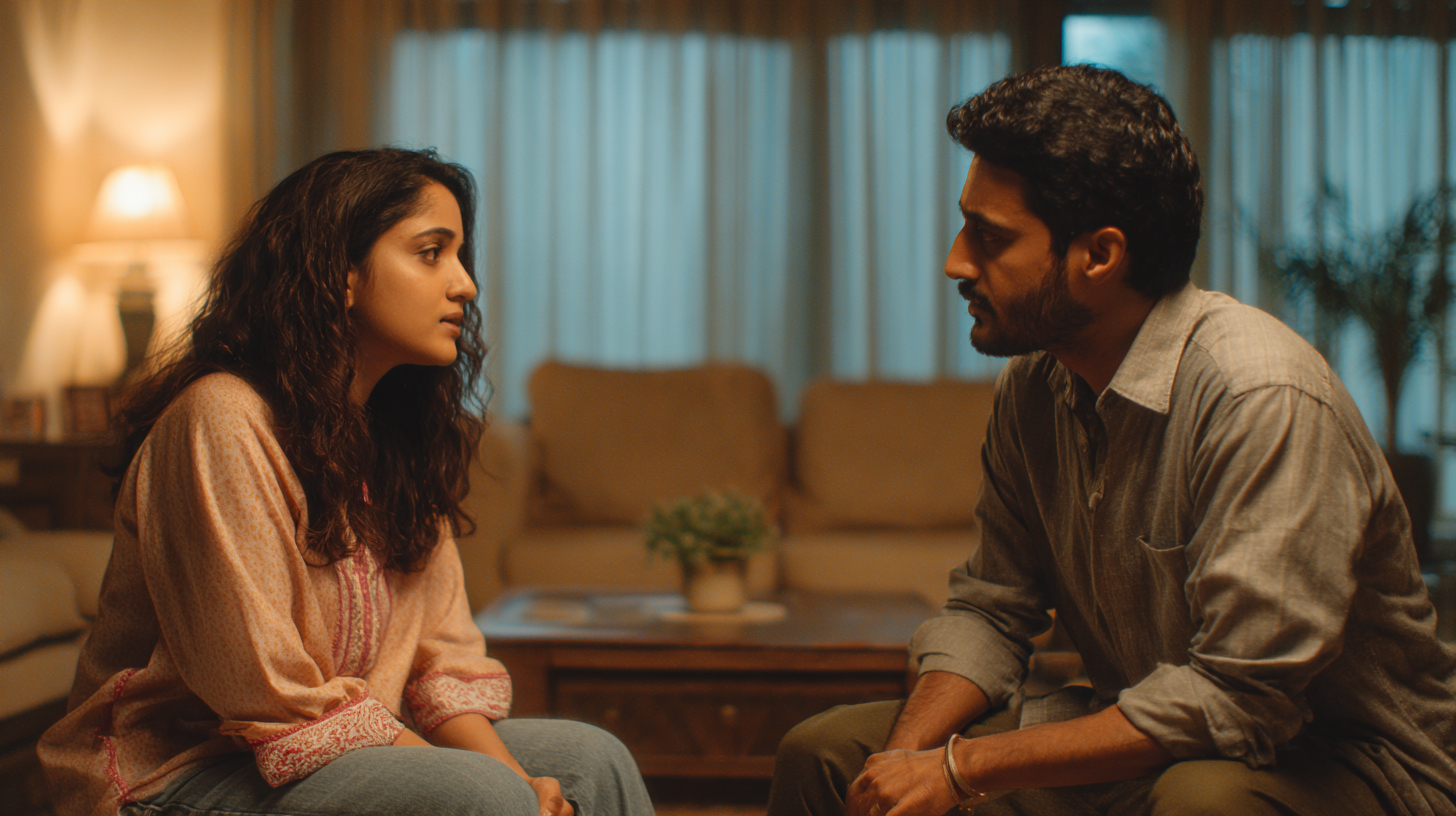Attachment Triggers in Relationships: Why Small Things Hurt More Than You Think
Have you ever felt unusually hurt when your partner didn’t call back, seemed distracted, or forgot something important to you? To others, these moments may look “small”—but to you, they can feel overwhelming. This is what psychologists call attachment triggers: moments when old emotional wounds from early experiences get activated in present relationships.
These reactions are not about being “too sensitive” or “overreacting.” They are your nervous system remembering past pain and trying to protect you.
Attachment Triggers: When the Past Shows Up in the Present
Relationships are not just about the here and now—they carry echoes of our past. If you experienced neglect, inconsistency, criticism, or lack of emotional safety in childhood, your brain and body learned to stay alert for signs of rejection or abandonment.
So, when your partner:
- Takes longer than usual to reply,
- Seems withdrawn
- Cancels plans, or
- Doesn’t respond the way you hoped,
…it can feel like history repeating itself. The pain feels bigger than the moment because it’s connected to much older wounds.

How Childhood Wounds Shape Adult Relationships
Attachment wounds often surface in subtle, everyday situations:
- Criticism feels like rejection → reminding you of not being “good enough” as a child.
- A small conflict feels like abandonment → echoing times you felt alone or unsupported.
- Needing reassurance feels shameful → if you were taught to “be strong” or not show need.
These aren’t flaws in you. They are learned emotional responses that once helped you survive.
Attachment Styles and Common Triggers in Relationships
Your attachment style often influences how strongly you feel triggered:
- Anxious attachment → sensitive to signs of distance, fearing abandonment.
- Avoidant attachment → triggered by closeness or dependency, fearing loss of independence.
- Disorganized attachment → swinging between craving closeness and fearing rejection.
Understanding your attachment style can help you see why certain “small things” hurt more than others.
How to Recognize Emotional Triggers in Relationships
Next time you feel a surge of hurt or panic in a relationship, pause and ask yourself:
- Is this pain only about the present, or is it touching something older inside me?
- What does this reaction remind me of from my past?
- What is the younger version of me needing in this moment—comfort, reassurance, or safety?
Bringing awareness to these triggers is the first step in healing them.

Steps to Heal Insecure Attachment and Build Security
- 1. Pause before reacting – notice the emotion in your body.
- 2. Name the feeling – “I feel abandoned / criticized / unsafe.”
- 3. Soothe yourself – remind yourself this is an old wound being touched, not the full reality.
- 4. Communicate gently – share your needs without blame: “When plans change suddenly, I feel unsettled. I need reassurance.”
- 5. Seek therapy if needed – working with a psychologist can help you understand and heal the roots of these reactions.
Healing Attachment Wounds: From Triggers to Transformation
Attachment triggers are not signs of weakness—they are signposts pointing to places that need healing. By understanding where your reactions come from, you can respond with more compassion—for yourself and for your partner. Healing insecure attachment takes time, but with awareness, reflection, and support, those overwhelming moments can become opportunities for growth and deeper connection.
